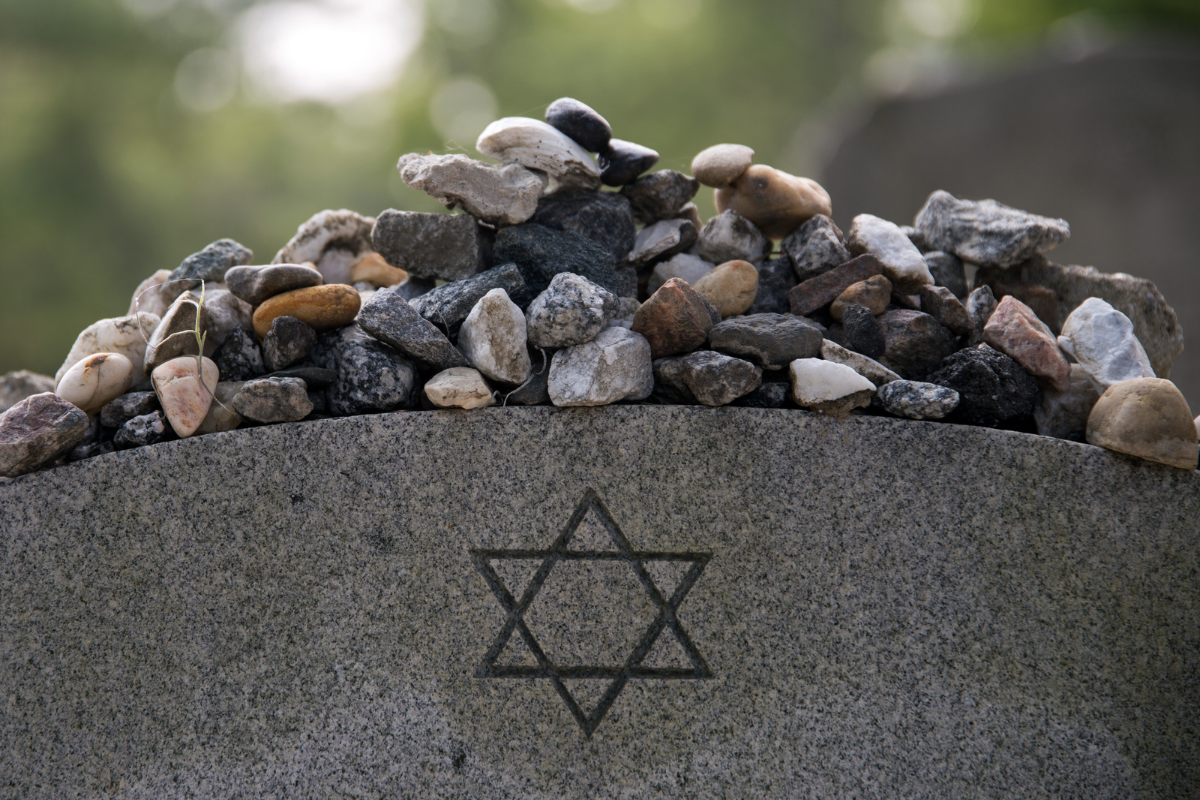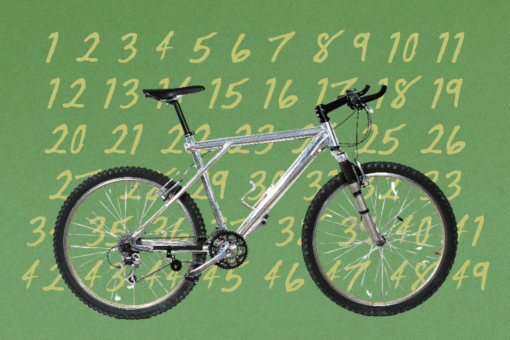Working in Holocaust education, I spend a lot of time thinking about genocide and antisemitism. I also spend a lot of time teaching about it… in a former concentration camp. Visitors frequently ask me how I work in such a “dark place” — an understandable question. They also share stories of prior, often traumatic, Holocaust education experiences.
As a Holocaust educator, I’m not interested in using guilt or fear, but instead lead with knowledge and compassion. This is especially true when it comes to making the decision to visit a site connected to the Holocaust — whether a primary site (meaning Holocaust events happened there) such as former concentration camps in Europe, including Sachsenhausen and Auschwitz-Birkenau, or a secondary site (meaning the Holocaust is told there but did not happen there) such as Holocaust museums, including the United States Holocaust Memorial Museum in Washington, DC.
Many people incorporate visits to these sites into their travels. Visiting, especially when it’s your choice to do so, rather than that of your parents or Hebrew school teachers, can be deeply impactful. But it can also be painful. Read on for recommendations on how to prepare for a visit.
1. Ask the question “Why do I want to do this?”
Before deciding, for example, that Auschwitz should be added to a European back-packing trip, ask yourself: why am I doing this? It’s easy to feel pressured to visit a Holocaust site, especially if you’ll be close to one that’s located far away from where you live. You are not a “bad” Jew if you decide you don’t want to go. Thinking about the legacy of mass-murder is, in fact, not on most people’s vacation itinerary. Maybe experiencing active Jewish life wherever you’re traveling, or visiting a local Jewish culture and history museum, makes more sense for you.
After thinking it over, should you choose to visit a Holocaust site, here is a question to begin with: How will visiting this site deepen my understanding of how I connect to the Holocaust?
2. Think about your relationship to the history and the site.
Each memorial and museum is distinct. Though the history does not change, different stories and perspectives are shared at each one. Depending on your circumstances, some sites might be better — or, at least, less mentally taxing — to visit.
Ask yourself if, and how, your family background intersects with the Holocaust. Maybe you even want to learn more before you go. Was a grandparent or great-grandparent a survivor? Did someone flee Europe? Did a relative help liberate a camp? If you answer yes to any of these, do you feel a desire to visit that place?
Not every Jew has a familial connection to the Shoah. The Holocaust primarily impacted Jews living in Europe (and some in North Africa), and of course, there were many Jews living outside of that area, including in the Middle East, North or South Americas and India. They have their own stories. Many people have married into communities which include Holocaust survivors and their descendants. This, too, could be a personal connection.
I’ve been inspired by some converts who relate to the Shoah because of its impact on their chosen communities. Often lacking a family connection, some use their identities to connect to the experiences of those with shared identities who were persecuted by the Nazis, like queer or disabled victims and survivors.
3. Prepare: physically, logistically, mentally and spiritually.
There are many ways to prepare for a visit, but here are four places to start. Physical preparedness includes choosing to wear clothes that you’ll be comfortable in and that suit the weather (if outside). In the summer, this means a sun-hat, water and sunscreen. In the winter, it means warm layers and tea. Year-round, wear comfortable shoes.
Logistical preparedness is the tachles (or aim) of the trip. How are you getting to this site: bus, car, train, etc? If you’re taking public transit, will you be stuck there, or are there many connections? Look into how easily accessible food and water are wherever you’re going. Also, how far in advance do you need to book? While some sites, such as the Anne Frank House in Amsterdam, are easy to get to, tickets get booked months ahead.
I don’t think it’s possible to be 100% mentally and spiritually prepared to visit these sites. There is always a gap between factual knowledge of the Holocaust and emotions experienced when visiting sites. Yet I do believe that thinking about the visit beforehand can enhance the visit’s meaning. Consider reading a book or two about the history of where you’re visiting. Read through the testimonies of survivors. Investigate, should you choose, Jewish responses to the Holocaust. Additionally, consider if it makes sense to go alone, with a friend (or two) or with a tour group.
As for spirituality, there are many rituals for Holocaust memorial ceremonies, but fewer for visiting Holocaust sites. Consider thinking if, and how, you might use Judaism to mark your visit. Some museums, such as Yad Vashem in Jerusalem, have a synagogue or prayer area where visitors can sit, reflect or pray. At former concentration camps, some visitors will stack stones on mass graves and near the crematorium. Visitors sometimes intentionally wear jewelry with Jewish motifs to provide comfort and emphasize their identity.
4. Embrace how you (might) feel.
Before I visited Auschwitz for the first time, a friend reminded me that there is no right way to feel. I needed to hear that. There is no prescribed way to feel while visiting a Holocaust site. Do not let educators or guides manipulate your feelings. Whether you feel numb, angry, in shock, indifferent, hungry, annoyed, victorious or something else, your feelings and reactions are appropriate. Also, sometimes it’s not the history or the site itself that evokes feelings, but the behavior of guests around you. That is normal.
You are human, you are alive and you have needs. You are not disrespecting the victims and survivors of the Holocaust if you need to take a break for coffee or a snack, or if you decide that an hour or two is plenty of time. Respect your limits.
5. Plan for the after.
Knowing your boundaries and having limits is key to meaningful visit. I often mark leaving a former concentration camp (which are sometimes legally considered cemeteries) by washing my hands. The Talmud inspired this ritual of mine, and it allows me to mark a distinction between death and life. Another option is to intentionally leave the site once you’re done, which could include sitting for a minute or two to think before departing.
As for limits, do not try to visit two Holocaust sites on the same day. Feel free to do something else the day of a site visit, but consider something more flexible and less intense.
Processing is also a part of Holocaust site visits, and it requires downtime. Writing about the experience can be one way to process; this could include impressions and thoughts as well as more questions. Alternatively, talking to a loved one can work, too.



